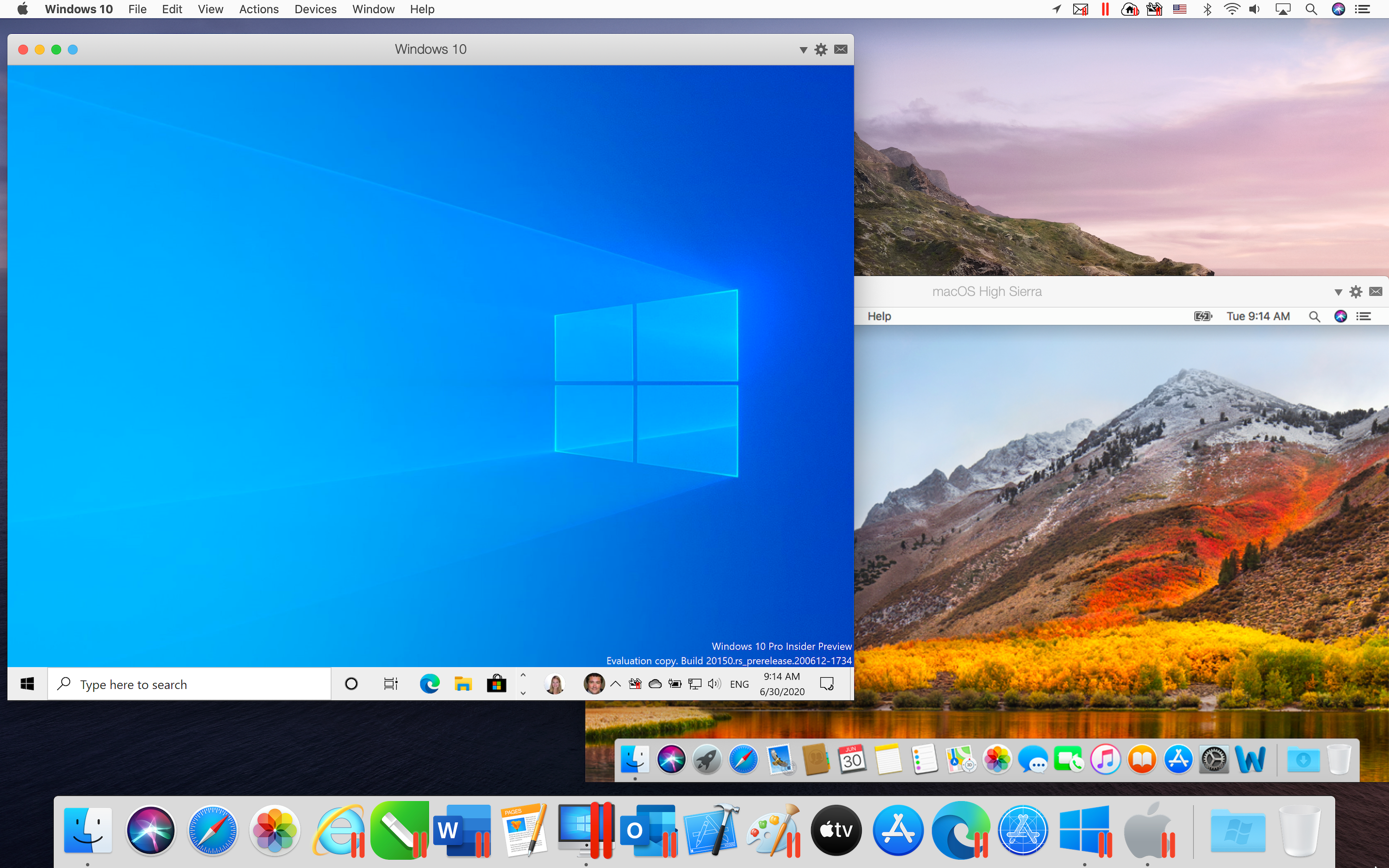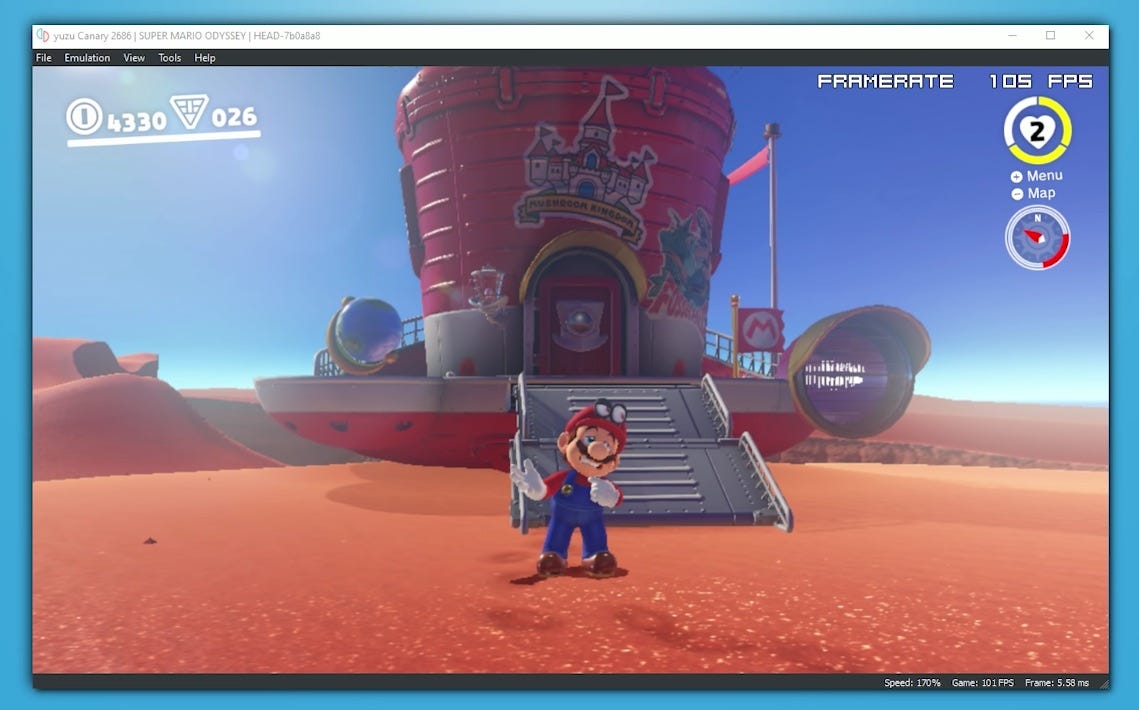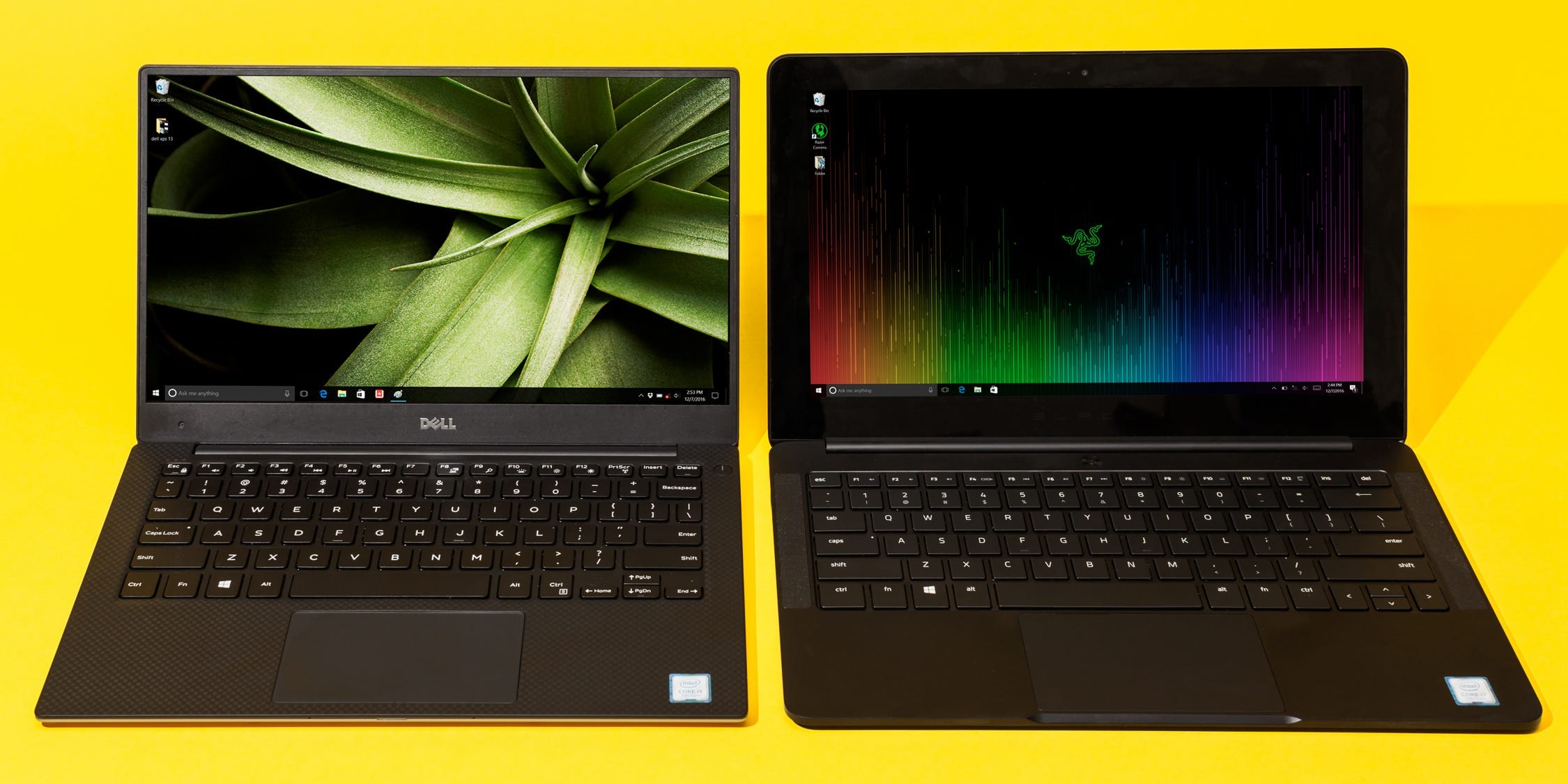
Hollis Johnson
- An emulator is typically a program that lets you run software from a completely different device on your computer.
- The most common uses for emulators are to play video games and run different operating systems — for example, you can put a Mac operating system on your Windows computer.
- Emulators can allow you to run apps that normally wouldn’t work on your computer.
- Most emulators tend to run slower than the device they’re simulating, and can potentially take a lot of processing power.
- Visit Business Insider’s Tech Reference library for more stories.
An emulator is a computer program (or occasionally custom computer hardware) that’s designed to simulate another kind of device.
For example, WINE is a program that allows you to run Windows software on certain Linux and Mac computers. Dolphin is an app that lets you play Nintendo GameCube and Wii games on your computer. Even Logic Pro X, the popular music recording app for Mac, lets you simulate the sound of a guitar amplifier within your computer.
These are all different types of emulators. Here’s what you should know about emulators, including why people use them, how they commonly work, and what kinds there are.
Why people use emulators
Every kind of computer and operating system is unique. This often means that a program or app that works on one system won’t work on another.
This is especially true when comparing operating systems like Windows and MacOS, or completely different devices like a laptop and a PlayStation.
This is where emulators come in. Emulators can bridge the gap between these devices, allowing programs to work on all sorts of hardware.
For example, if you have a Windows app that you need to run on your MacBook, you can download the Parallels emulator. Parallels will, in a sense, create a Windows computer inside of your MacBook — this will let you run any Windows app you need.

Parallels Newsroom
Some emulators can even enhance the hardware that they're simulating. For instance, old video games made for 4:3 televisions can be upgraded to run in widescreen resolution, as well as at a higher framerate.
If you're someone who likes to be able to run all their programs anywhere, at any time, then an emulator is what you need.
However, there are some risks that you should be aware of.
The downsides to emulators
Because emulators need to reproduce the behavior of an entirely different device, without having their own dedicated hardware or power source, emulators are often slower than the system they're simulating.
This is especially true if you're emulating a new system. For example, nearly any computer can emulate an '80s-era Nintendo Entertainment System without much delay. But you'll need a powerful graphics card and CPU to emulate the Nintendo Switch, which only came out in 2017. And even then, it might be hard to make that Switch emulator run smoothly.

BSoD Gaming/YouTube
Users also have to be careful not to download a virus masquerading as an emulator. Be sure to only download emulators and programs from sources that you trust, and always do your research before installing anything.
Lastly, there's also a legal risk. Although emulators are legal almost everywhere, downloading programs to use on those emulators without paying for them may not be. Look up the regulations surrounding emulated programs in your country before downloading them.
The most popular types of emulators in use today
The two most common uses for emulators are ones for playing video games, and ones for running other operating systems. Here's a few examples of the most popular emulators around.
Video game emulators
- Dolphin lets you play Nintendo GameCube and Wii games on a computer, as well as modify them in various ways. Some originally single-player games even have online multiplayer modes added to them.
- MAME is an open-source emulator originally released in 1997 that's designed to run older arcade games.
- VisualBoyAdvance, or VBA, can run nearly every Game Boy, Game Boy Color, and Game Boy Advance game ever released.
There are also various game emulators that run on Android phones.
Operating system emulators
- Parallels and WINE both allow you to run Windows on a Mac computer. It'll open a Windows desktop in a new window, just like any other app.
- BlueStacks lets you download and open Android apps on a desktop computer.
- Xcode is a program designed and released by Apple that can run iPhone apps on a Mac. Soon, Apple claims that there will be an even easier way to emulate both iPhone and iPad apps on your Mac.
Related coverage from Tech Reference:
-
Your Windows computer runs using 'Drivers' — here's what they are, and how to find them
-
How to connect a PC to your TV wirelessly in 3 different ways, to watch movies, browse the internet, or stream games
-
How to download Nvidia drivers to keep your computer's graphics running smoothly and vibrantly
-
How to run iPhone apps on the new, upcoming generation of Mac computers, or using an emulator app
-
'Does the PS4 Pro play 4K games?': Yes, and it can also play 4K movies — here's how to set it up
